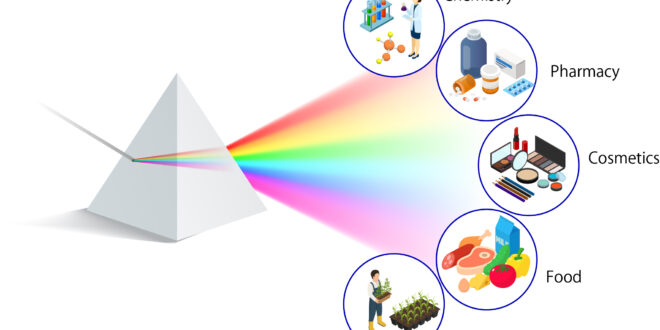Spectroscopy is a measuring gadget that lets you break down and analyze the elementary pieces that makeup radiation or ion beam scope. For instance, spectroscopy can be used in the identification of molecules and materials. Thus purchasing guide will be focusing on various spectroscopy techniques, including what can be analyzed with such devices, the benefits of molecular spectroscopy on the market, and the criteria for selecting the best spectroscopy.
Tips for Choosing the Best Spectroscopy
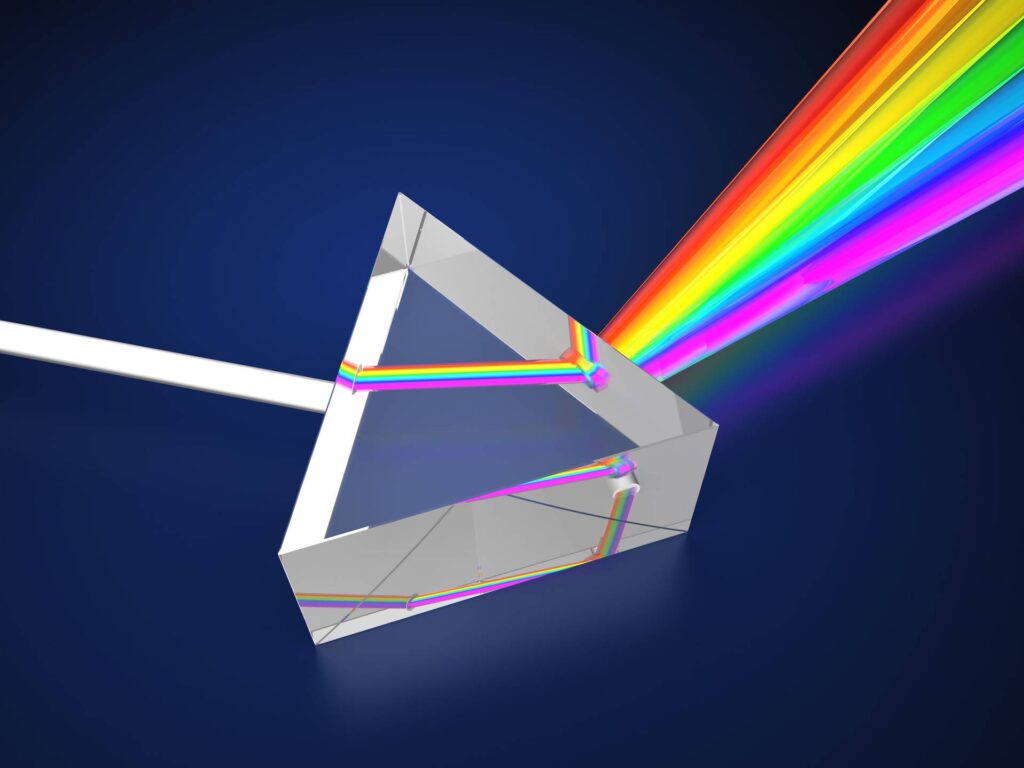
There are two main classes of spectroscopy: mass spectroscopy and radiation spectroscopy. Radiation spectroscopy also implies UV-Vis, X-ray, IR, and gamma-ray. It allows the structure of a substance to be analyzed through its interaction with the radiation it emits, absorbs, and scatters. When it comes to mass spectroscopy, it enables the molecular structure of a gas to be examined by ionization. The type of spectroscopy you should select depends on the substances to be detected and whether or not the examination is invasive.
The practical selection tips for your molecular spectroscopy should be:
-
- Wavelength range: If you should analyze the color of a substance, you will require spectroscopy that covers the detectable spectrum between 360 and 740nm.
- Detection and sensitivity limit
- The general size of the instrument, especially if it is required to be portable
- The price
- The signal to noise ratio
- The speed of analysis
- The dynamic range
- The quality or durability
- The Thermal firmness
- The linearity
- The capability of the device to differentiate between dual wavelengths close together.
Benefits of Selecting Infrared Spectroscopy
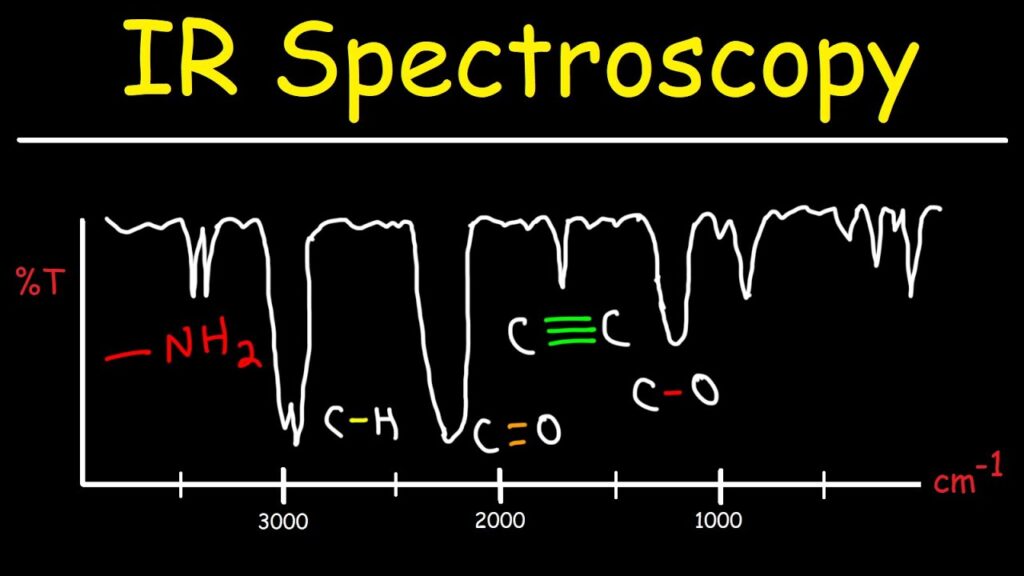
The infrared spectroscopy is perfect for surface analysis in the micromachines industry or efficiently determining the water volume in the seeds for agriculture. Also, it is functional for monitoring highly porous solid items and giving information like protein, fiber fat, and starch content. Furthermore, infrared molecular spectroscopy can also identify chemical and raw materials, plastics, cosmetics, or pharmaceutical industries.
Infrared spectrometry implies a type of absorption that makes it easy to determine the nature of the enzymatic bonds found in a molecule. Also, absorption results from the rotation and vibration of the molecules. Additionally, it provides quantitative determination with less sample preparation and non-invasion analysis. Therefore, it is good to get one from sites that is used for measuring the response of a sample subjected to infrared light such as https://www.agilent.com/en/product/molecular-spectroscopy
Advantages of Using a UV/VIS Spectroscopy
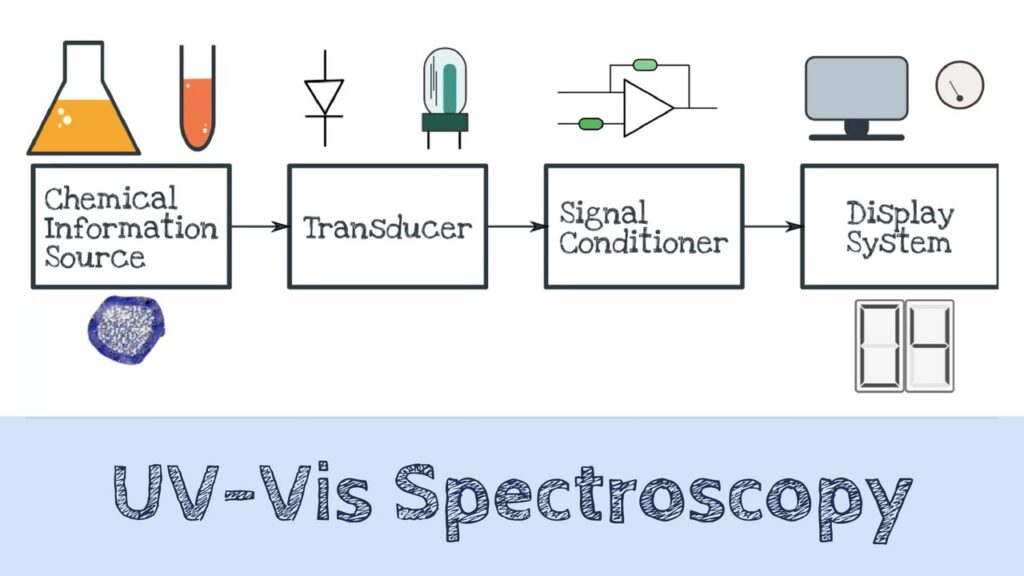
UV, VIS spectroscopy also implies visible wavelengths, and ultraviolet is a kind of absorption device that allows the analysis of gas samples and low-complexity liquid. A lamp, typically deuterium, changes visible light spectroscopy into a UV-detectable unit capable of measuring from 190 to 1100 nm. However, examining with a UV-VIS spectroscopy is commendatory to that with infrared spectroscopy. It allows an excellent measurement of the sample’s components. Moreover, UV-VIS spectroscopy is used for checking the efficiency of filters in the food industry.
Benefits of Selecting an Atomic Absorption Spectroscopy
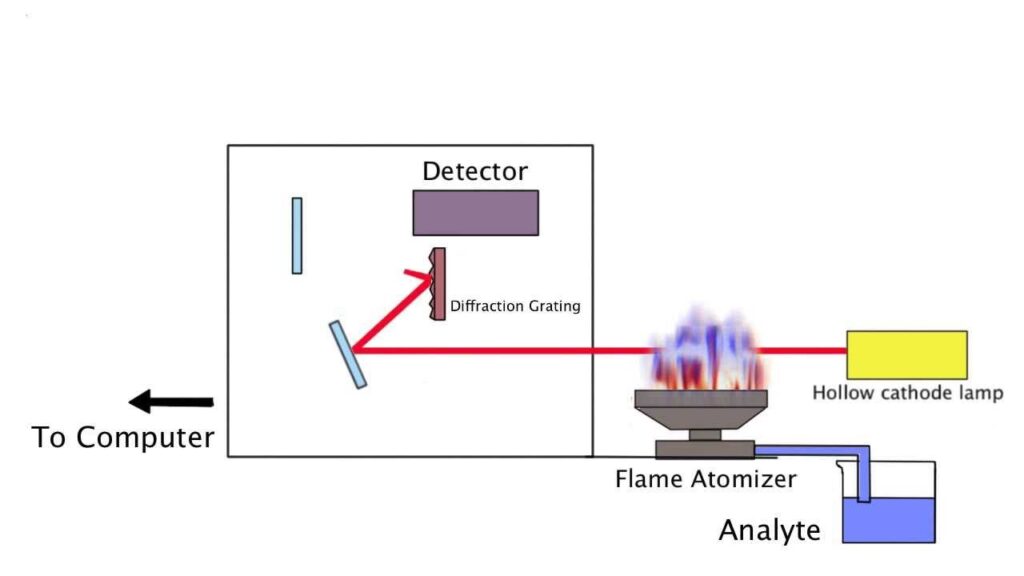
Atomic Absorption Spectroscopy is used to determine the absorption of metallic materials in a solution formerly heated in a furnace or with a flame. A red heat flame evaporates, evaporates the water from the sample, and separates it into ions. This manipulation leads to an alteration in the light intensity. It may also result in evaluation by a detector to ascertain the concentration of the piece. Atomic absorption spectroscopy has the benefit of being discriminative. Additionally, the machine is used in the pharmaceutical business, mining exploration as well as environmental research. Also, a high-accuracy analysis is perfect for environmental testing, quality control laboratories, and toxicology.
Why Select an X-ray Spectroscopy?
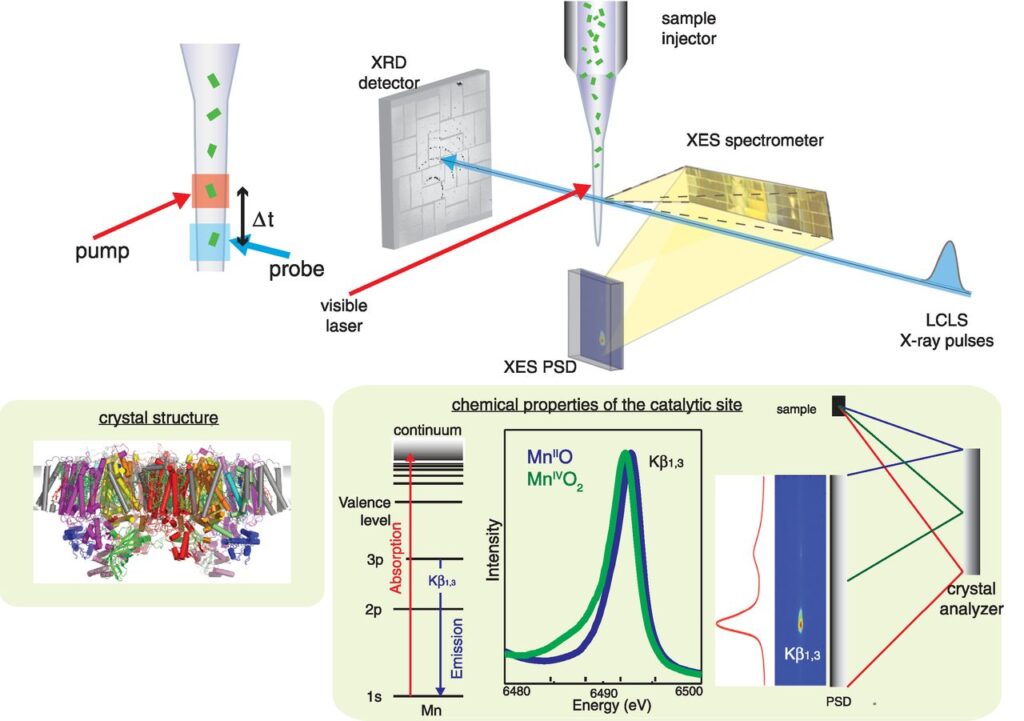
X-ray spectroscopy is a kind of absorption machine that discovers the composition of an element by thrilling it with an x-ray. It is used in geology in the determination of the piece of rock. It is also used in treating wastewater by identifying the materials to be treated. Moreover, it is used to detect uranium when it comes to the nuclear industry, whether for mining reasons or to search for impurities in the fuel.
Benefits for Choosing an X-ray Fluorescence Spectroscopy
X-ray fluorescence spectroscopy implies a type of emission spectroscopy that assesses the x-radiation discharged by atoms intoxicated by the absorption of x-radiation. Besides, particles can be thrilled at a high temperature or energy level and then produce X-rays. Therefore, an X-ray fluorescence spectroscopy is ideal for measuring very minimal concentrations. It is also used to analyze elemental chemicals. Furthermore, it can detect lead in pipes or paints or determine the composition and thickness of coatings in industry or construction.
Benefits of Selecting a Mass Spectroscopy
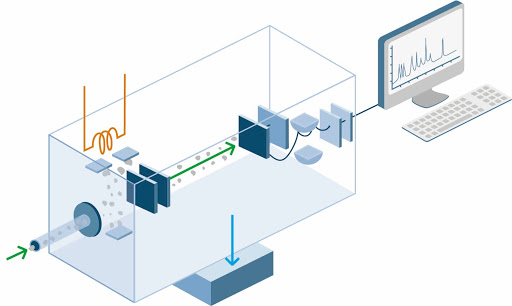
Mass spectroscopy enables you to detect the mass of particles in the gas phase. It is essential in quantitative and qualitative analysis. Each element has a unique mass spectrum that can be contrasted with mass spectrum databases, enabling it to be quantified and identified. This kind of spectroscopy works with very tiny pieces and makes it practicable to know the components they contain. Mass spectroscopy is used to quickly analyze samples in food safety, doping management, and the pharmaceutical industry.
Importance of Picking a Raman Spectroscopy
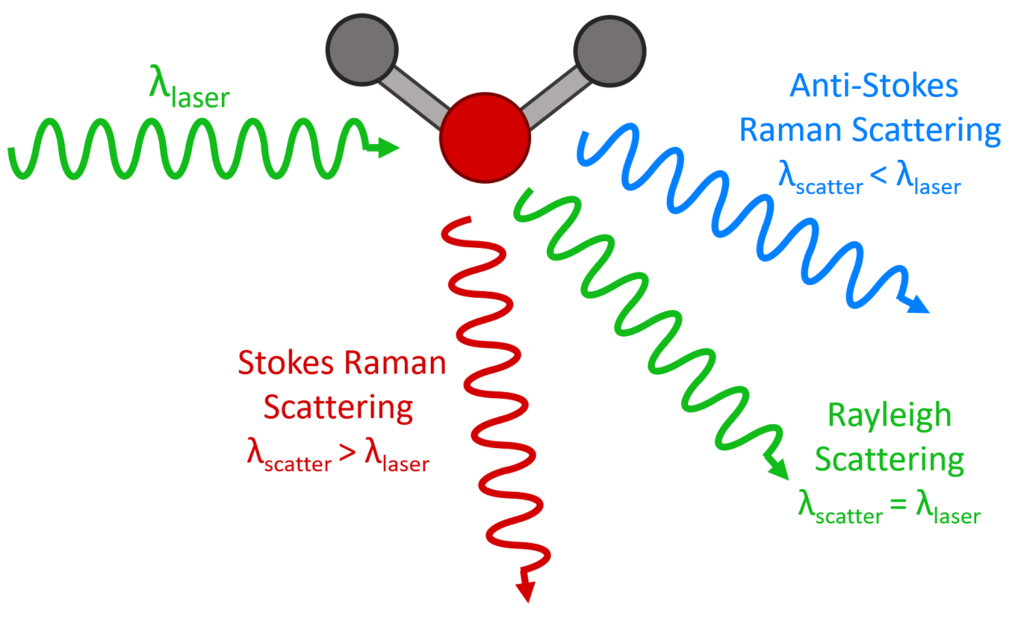
Raman spectroscopy is a type of distribution instrument that allows the analysis of the chemical composition of a sample and the identification of the mixture present in the same way as infrared spectroscopy. Still, on microscopy samples and with excellent resolution, A Raman spectroscopy enables you to analyze the molecular form of the exterior structure of a material. Raman spectroscopy is used in pre-history for non-corrosive analysis. Also, it enables an individual to map the distribution of elements in mixtures like drugs in filing materials to regulate the presence of various forms of carbon monoxide: graphite, diamond, adamantine carbon, amorphous carbon, and nanotubes. Additionally, it determines their relative parts; and evaluates the crystal and stress structure of semiconductors. Moreover, it allows the identification of polymers, organic molecules, inorganic compounds, and biomolecules.
Benefits of Selecting Magnetic Resonance Spectroscopy
Magnetic resonance spectroscopy is considered the most modern technology to determine the composition of organic compounds. Specifically, it offers structural data on a complete molecule as well as information on organic response. The instrument is used for Medical Resonance Imaging since it enables high-contrast images of various human body tissues to be acquired.
It will help if you consider the above-mentioned molecular spectroscopy benefits while purchasing one. However, if you want to know more about the products in question, it would be best to consider visiting companies agilent.com.
 Imagup General Magazine 2024
Imagup General Magazine 2024
